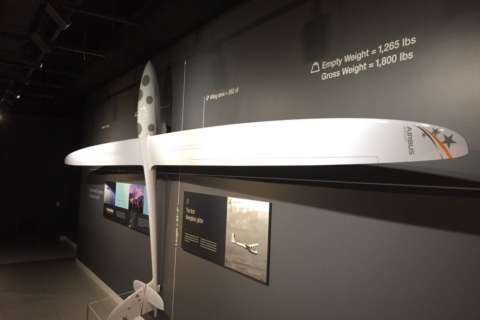
WASHINGTON — A plane with no engine will be trying to reach what project leaders call the edge of space.
The pilot stopped in the nation’s capital Thursday to talk about the ambitious project, aimed at setting a new world record while gathering valuable information in the process.
Next month, the Perlan 2 glider will be making flights in Argentina, riding columns of rising air that form near mountains. The hope is for the glider to reach an altitude of 90,000 feet — more than double the altitude reached by commercial airliners.
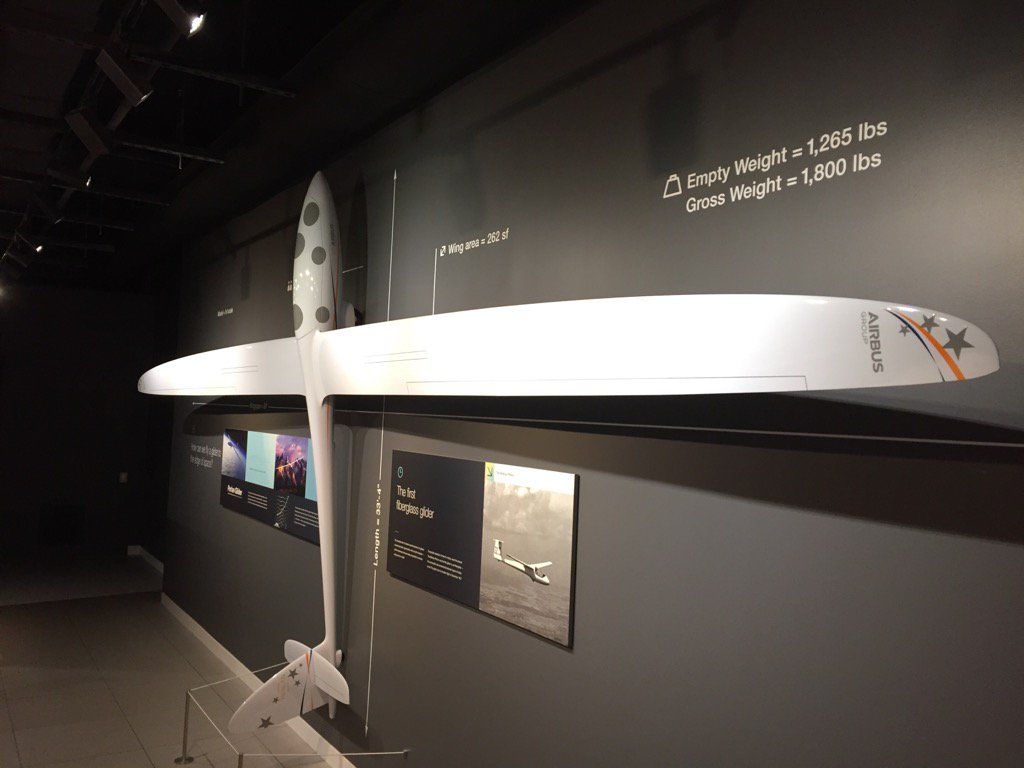
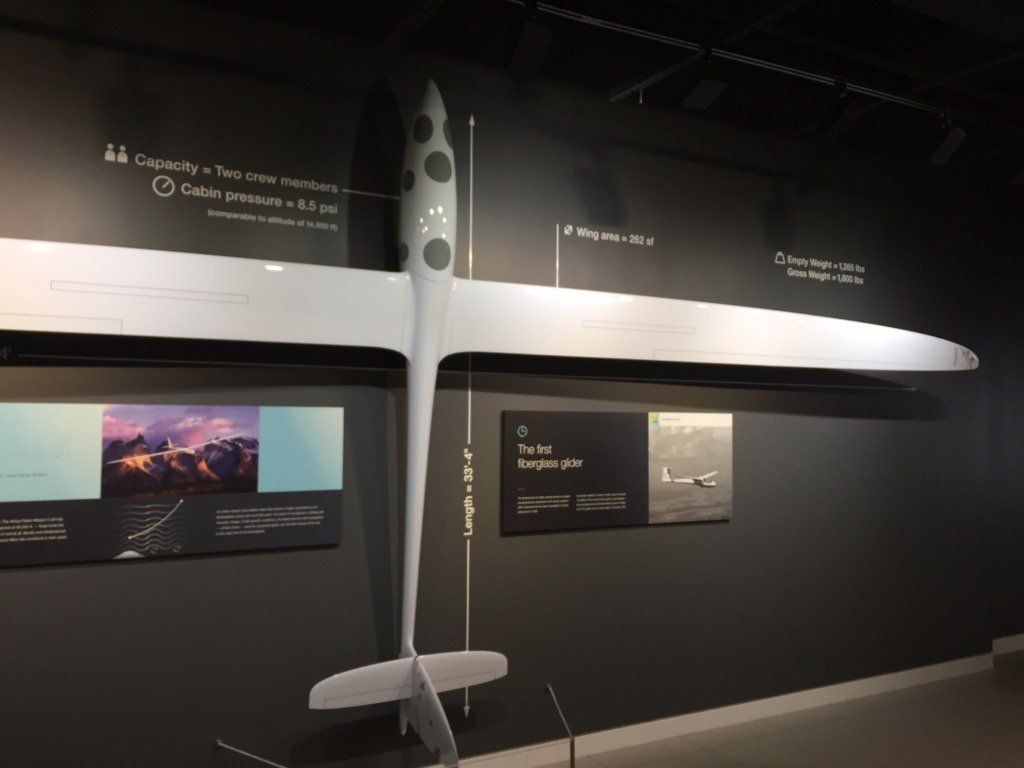
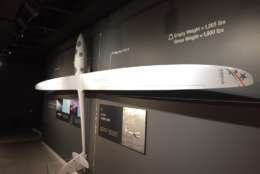
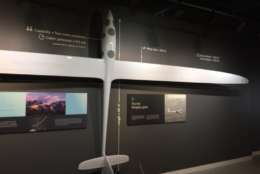
“We’re trying to generate data that will help make climate models better, help us understand the atmosphere better,” said pilot Jim Payne. “People should be inspired. … We’re doing something that’s never been done before, in terms of an unpowered airplane going to very high altitude.”
Payne said lessons in high-altitude aerodynamics could be used in developing things such as drones that fly high above the earth, broadcasting internet signals to areas that otherwise would not get them.
Ken McKenzie, an executive with project sponsor Airbus, said the data collected could also have an impact on the future of air travel, as the skies get more crowded: “One of the things we’ve considered is: Can you go higher? And the first question you have to ask is, ‘Well, what’s the weather like up there?’”
And because the atmosphere at that height is similar to that on Mars, McKenzie said, the testing could provide a foundation for developing aircraft that could be used on that planet.








